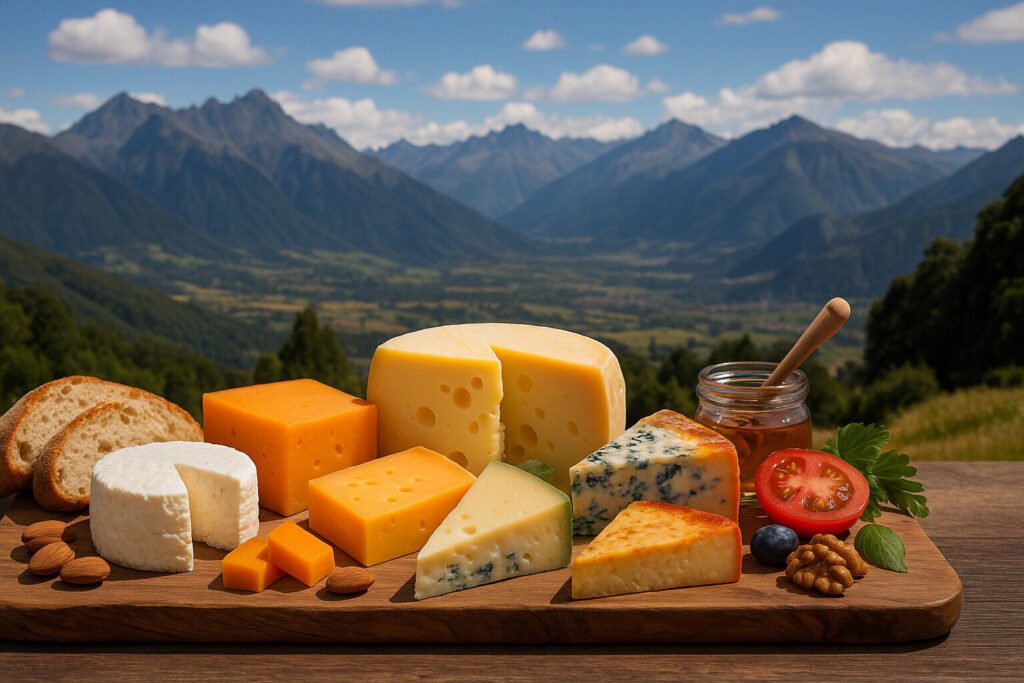Cheese Of Paraguay
Cheese Definition and Scope
Paraguay cheese refers to a category of fresh, semi-soft cheeses traditionally produced in Paraguay. These cheeses are typically made from cow’s milk and are characterized by their mild, milky flavor and high moisture content. They are a staple in the local diet and are consumed shortly after production.
The scope of Paraguayan cheese includes varieties like Queso Paraguay and Queso Blanco. These cheeses are defined by their simple production methods and lack of extensive aging. They serve as a foundational ingredient in many traditional Paraguayan dishes.
Production Techniques
Paraguay cheese production begins with pasteurized or raw cow’s milk that is gently heated. A lactic acid starter culture and rennet are added to coagulate the milk, forming a soft curd. The curds are then cut, lightly stirred, and drained to achieve the desired texture.
The drained curds are molded into wheels or blocks and lightly pressed to expel additional whey. No aging or curing process is involved, making it a fresh cheese. The entire process is often completed within a single day to preserve its delicate, fresh quality.
Sensory Profile
Paraguay cheese possesses a very mild, slightly salty, and distinctly milky flavor profile. Its aroma is clean and fresh, reminiscent of sweet milk. The texture is semi-soft, moist, and can range from slightly springy to crumbly depending on the specific variety.
The cheese’s color is a pure, bright white, and it has a smooth, slightly shiny surface. It lacks the complex, nutty, or sharp flavors found in aged cheeses. The high moisture content contributes to its short shelf life and fresh eating quality.
Culinary Uses
In Paraguayan cuisine, this cheese is most famously used in Chipa, a type of cheese bread that is a national staple. It is also crumbled over soups and stews or served as a simple table cheese with bread. Its excellent melting properties make it suitable for fillings in empanadas and other baked goods.
Due to its mildness, it does not overpower other ingredients and is often used to add richness and protein to dishes. It is rarely used in complex cheese boards intended for tasting aged varieties. Its primary role is as a functional, everyday cooking ingredient.
Regional Examples
The most prominent example is Queso Paraguay, a fresh, rindless cheese produced throughout the country. Another key variety is Queso Blanco Paraguayo, which shares similar characteristics but may have slight regional variations in salt content or texture. These cheeses are central to the gastronomic identity of the region.
Production is largely artisanal and small-scale, found on family farms and in local dairies. While these cheeses are quintessentially Paraguayan, similar fresh cheese styles exist in neighboring countries like Argentina and Brazil, often under different names. They represent a specific dairy tradition of the Southern Cone of South America.


